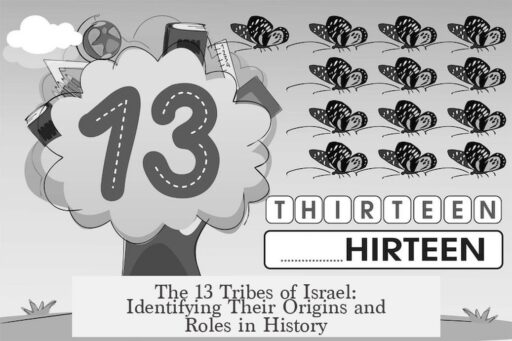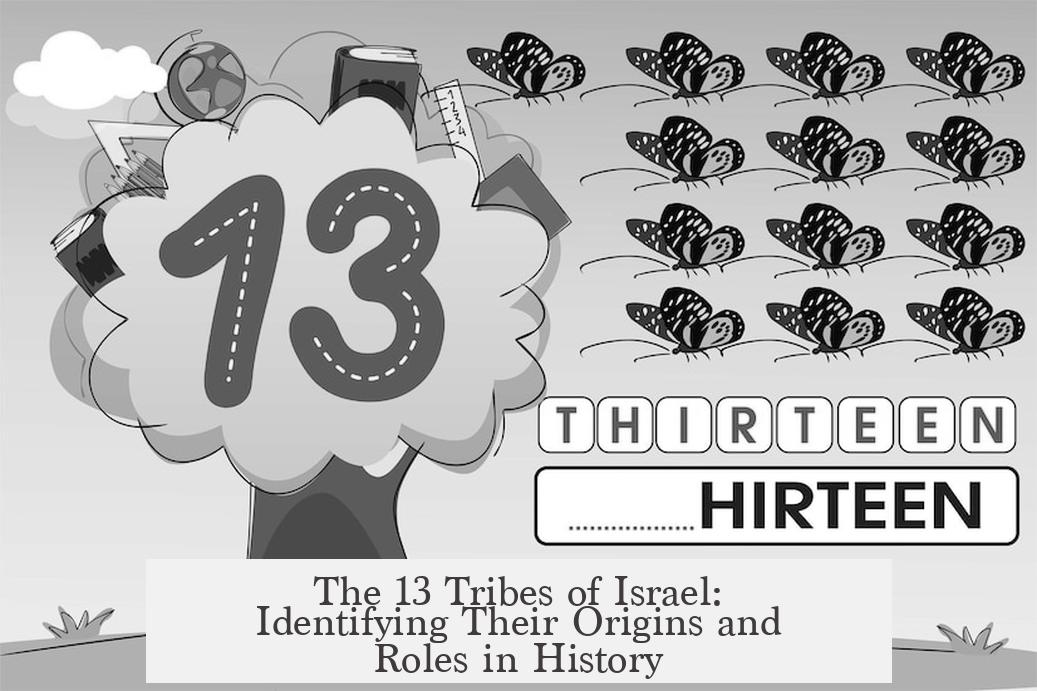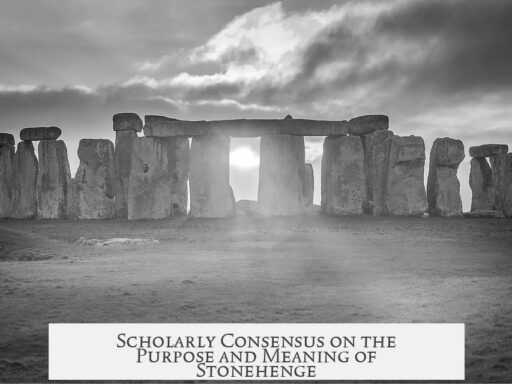The 13 tribes of Israel are not typically recognized as such in historical and biblical tradition. Instead, the focus is on twelve tribes, named after the twelve sons of Jacob (also called Israel). These tribes form the traditional confederation that settled ancient Israel.
The twelve tribes are known from biblical texts, primarily the TaNaKh, especially the books of Joshua, Judges, and some parts of Samuel. These sources specify their names and the land each tribe inherited upon entering Canaan under Joshua’s leadership.
Jacob’s twelve sons, from whom the tribes descend, are Reuben, Simeon, Levi, Judah, Dan, Naphtali, Gad, Asher, Issachar, Zebulon, Joseph, and Benjamin. Joseph’s tribe is traditionally split into two half-tribes named after his sons Manasseh and Ephraim. This division sometimes creates confusion about the total number of tribes.
Levi is unique. As the priestly tribe, it did not receive its own tribal land like the others. Instead, Levites lived scattered among the territories of other tribes and held specific religious duties. Because Levi is not counted among the land-holding tribes, the number of tribes with territory remains twelve, even though the number of tribal groupings can be greater.
Some count Joseph’s two sons, Ephraim and Manasseh, as separate tribes, creating effectively thirteen, but the total remains twelve by counting Joseph as one tribe or excluding Levi from the land allotments. Thus, “thirteen tribes” is not typical or traditional.
The boundaries and locations of the tribes are defined mainly in the biblical books of Joshua and Numbers. These texts describe the tribal allotments in the land of Canaan post-exodus. Modern scholars refer to these allotments to identify their locations. For example:
- Reuben settled east of the Jordan River
- Judah occupied the southern region of the land
- Manasseh and Ephraim settled in the north-central area
- Dan initially settled near the coast but later migrated north
Historically, the tribes formed the basis of the Israelite confederation during the period of the Judges and early monarchy. The tribal divisions influenced political developments, such as the split of the united kingdom after King Solomon’s reign.
After Solomon, the Northern Kingdom, often called Israel, comprised tribes including Reuben, Dan, Naphtali, and others. The Southern Kingdom, Judah, was mainly Judah, Benjamin, and Simeon. This split reflects historical tribal divisions in ancient Israel.
Evidence outside biblical texts that directly mentions the twelve tribes is very limited. Archaeology provides some background about the people identified as Israelites. But confirming the existence or boundaries of each tribe outside the biblical record is difficult. Non-biblical sources refer to “Israel” as a group but do not detail internal tribal structures.
Regarding origins, the tribes’ history is debated. Some scholars argue that all tribes originated together from Egypt following the Exodus, aligning with the biblical narrative. Others propose a mixed origin, with many tribes emerging from indigenous Canaanite populations adopting new identities and beliefs. This view suggests a gradual formation rather than a single migration.
Over time, some tribes such as Simeon and Reuben are believed to have become absorbed by neighboring tribes, losing distinct identity. Dan migrated north due to conflicts. The Levites maintained a unique religious role but without territorial claims.
Extra-biblical references to the tribes are sparse. Most historical and archaeological evidence concerns the larger Israelite identity rather than specific tribes. Thus, our knowledge relies heavily on the biblical texts, interpreted within archaeological and historical frameworks.
| Tribe | Notable Facts |
|---|---|
| Judah | Southern kingdom, prominent tribe |
| Benjamin | Part of Judah’s kingdom after division |
| Levi | Priestly tribe, no land allotted |
| Joseph | Split into Ephraim and Manasseh |
| Dan | Migrated north due to conflicts |
| Simeon | Largely absorbed into Judah |
| Reuben | Absorbed into Gad or lost identity |
In summary, references to “13 tribes” likely confuse the counting of Joseph’s descendants as separate tribes. The tradition consistently speaks of twelve tribes. Most historical sources and scholarship identify the tribes by name based on biblical tradition.
Key takeaways include:
- The biblical tradition names twelve tribes descended from Jacob’s sons.
- Joseph’s two sons form two sub-tribes commonly counted as one tribe.
- Levi is a priestly tribe without allocated land, affecting tribe counts.
- The tribal system mainly functioned until the early monarchy period.
- After Solomon, the kingdom split along tribal lines into North and South.
- Extra-biblical evidence for specific tribes is limited and indirect.
- Origins of tribes involve complex historical and archaeological debates.




